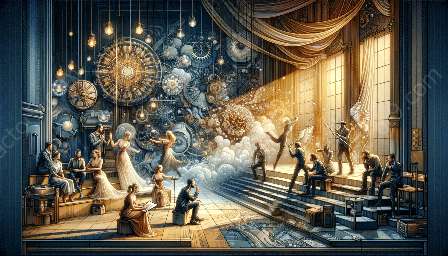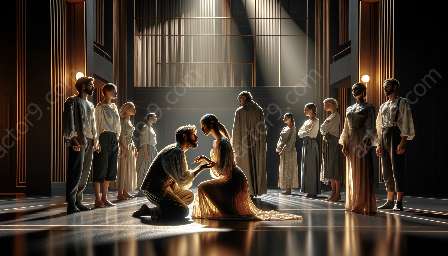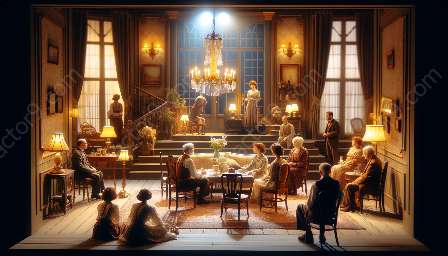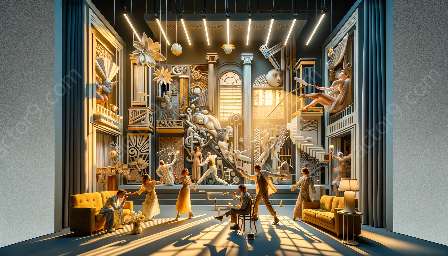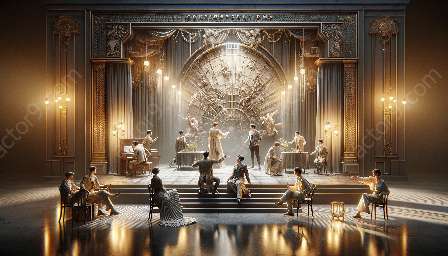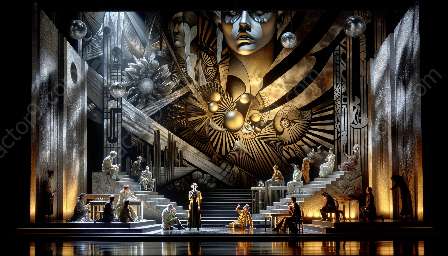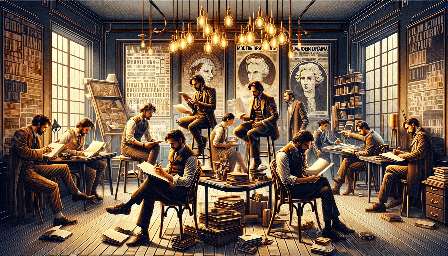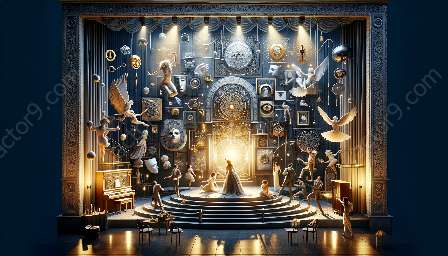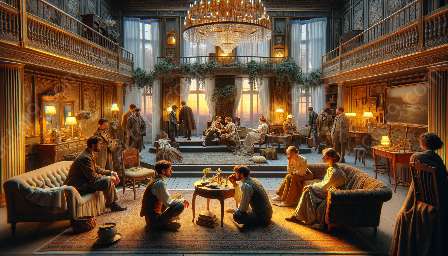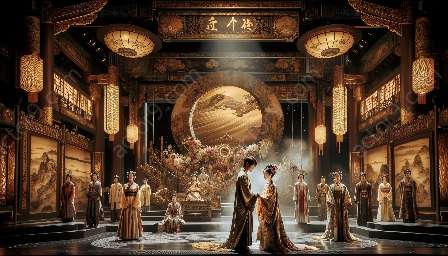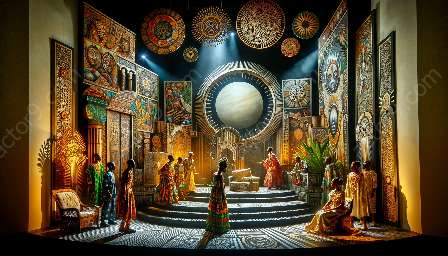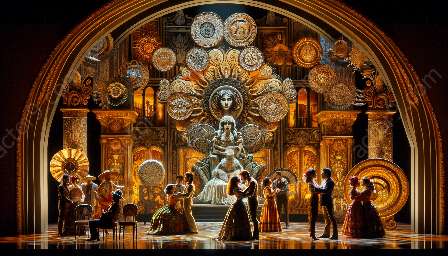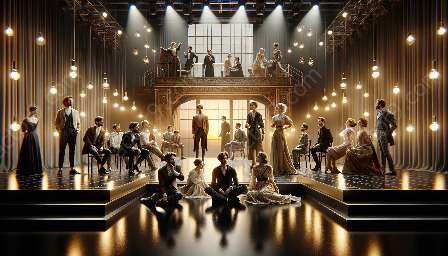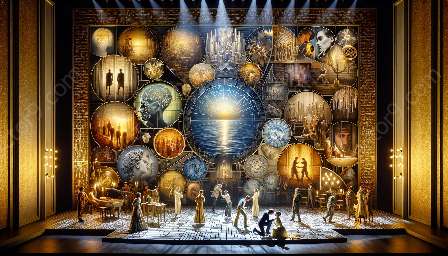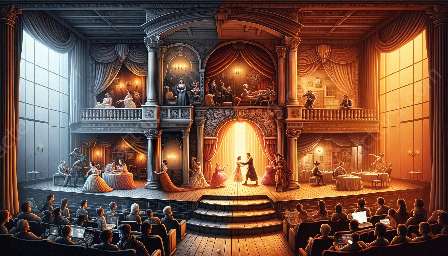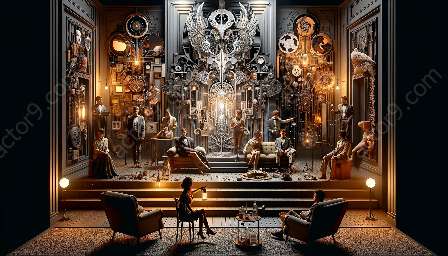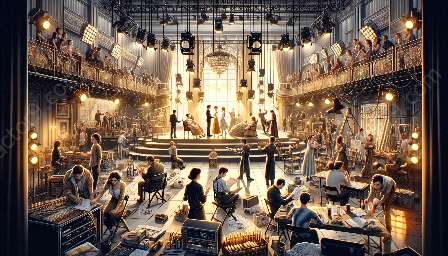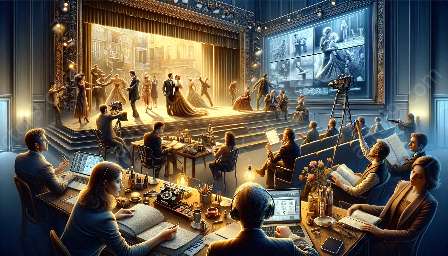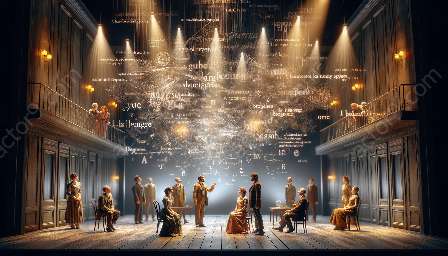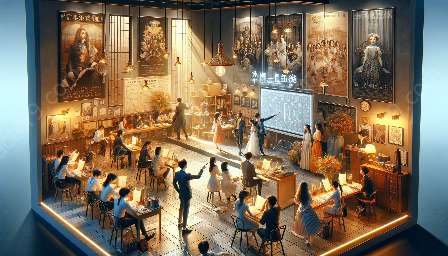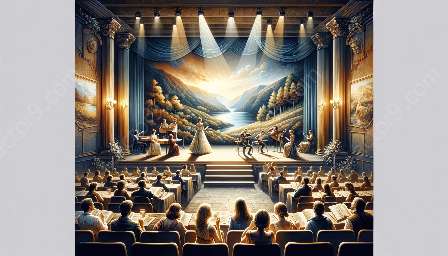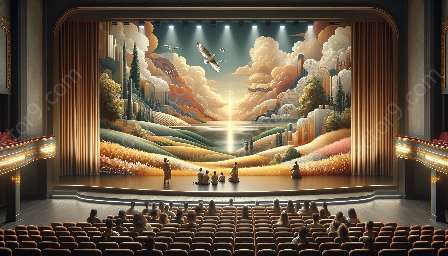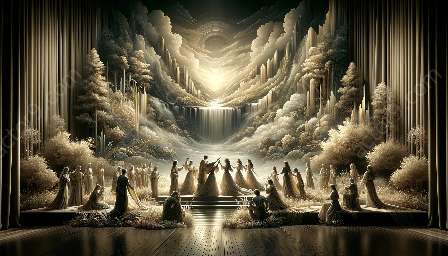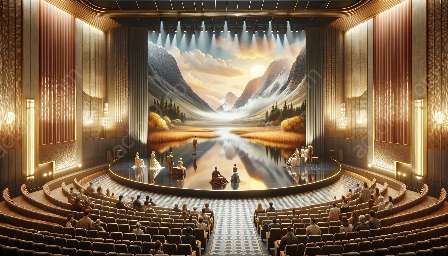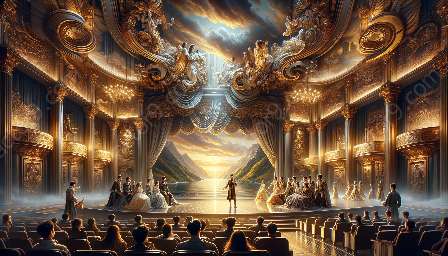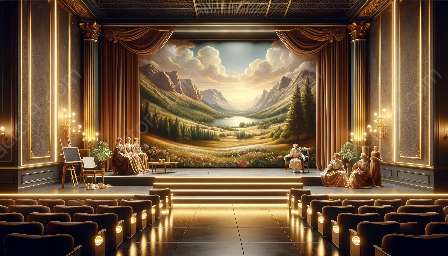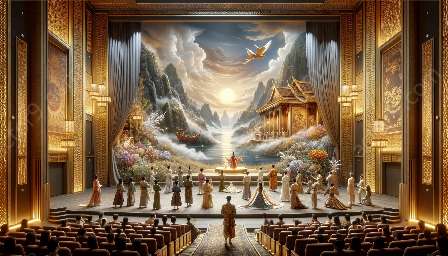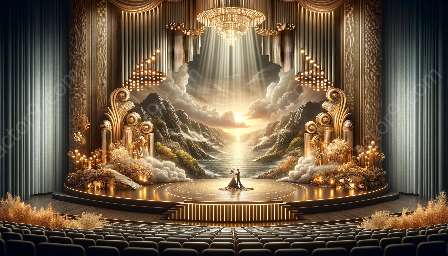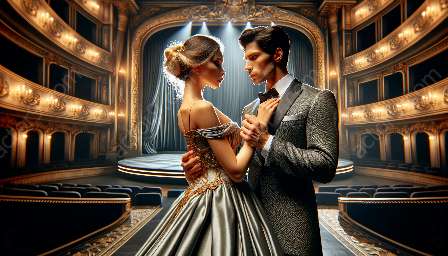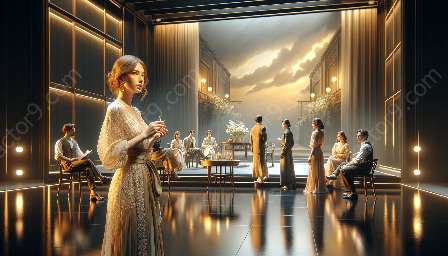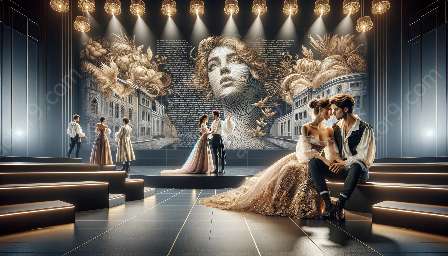In modern theater, symbols play a significant role in engaging the audience in a process of interpretation and meaning-making. Symbolism in modern drama has evolved to convey complex ideas, emotions, and themes through various symbolic elements. This article aims to explore how symbols in modern theater not only capture the audience's attention but also invite them to participate in unraveling the deeper layers of meaning embedded in the dramatic narrative.
Understanding Symbolism in Modern Drama
Modern drama often employs symbolism to infuse depth and complexity into the theatrical experience. By using symbols, playwrights and directors can convey abstract concepts, societal issues, and human emotions in a profoundly impactful manner. These symbols can take the form of objects, actions, or even characters, each carrying layers of meaning that require interpretation and engagement from the audience.
Engaging the Audience through Symbols
Symbols in modern theater act as a bridge between the dramatic narrative and the audience's own experiences and perceptions. As the audience encounters these symbols, they are prompted to reflect on their own understanding of the world and draw connections between the symbolic elements on stage and their personal beliefs, values, and experiences. This process of engagement invites the audience to actively participate in giving meaning to the symbols, thus enhancing their overall theatrical experience.
Uncovering Layers of Meaning
One of the profound effects of symbols in modern theater is their ability to invite the audience to engage in a process of interpretation. By presenting symbols that are open to multiple interpretations, playwrights and directors encourage the audience to delve into the deeper layers of meaning within the drama. This active process of interpretation fosters a sense of intellectual stimulation and emotional connection, ultimately enriching the audience's understanding and appreciation of the theatrical work.
Symbols as Catalysts for Reflection
Moreover, symbols in modern theater serve as catalysts for reflection. They prompt the audience to contemplate the underlying messages and themes within the dramatic context. Through the interpretation of symbols, audience members may find themselves pondering the complexities of human nature, societal constructs, or existential questions, thereby engaging in a profound process of introspection and critical thinking.
Enhancing the Theatrical Experience
Ultimately, the use of symbols in modern theater enhances the overall theatrical experience by inviting the audience to actively participate in the process of meaning-making. As the audience members interpret and decipher the symbolic elements within the drama, they become co-creators of the theatrical narrative, thus forging a deeper and more personal connection with the performance.
Conclusion
The integration of symbols in modern theater serves as a powerful tool for engaging the audience in a dynamic process of interpretation and meaning-making. Through symbolism in modern drama, audiences are not merely passive spectators; instead, they are active participants in unraveling the intricate layers of meaning embedded in the theatrical work, thereby enriching their intellectual and emotional connection to the dramatic narrative.


